PRODUCT DEVELOPMENT
The third period of my second year at university was all about product developement. Whether it was about making new shoes out of a previous design or phorographing products we constanly had to think what is the best way to bring out old and new ideas.
We also got to test different materials and techniques as well as challenge our sustainable thinking through product development process.
Visual Documentation
In this course our task was to photograph our own products at a photostudio as well as in other environments. The pictures had to include both mood pictures and detail pictures of the products and they had to be edited using Abode Photoshop or Lightroom. Lastly, the best pictures were to be gathered in a photo portfolio with unedited and edited versions of them.
Naturally, I decided to photograph the shoes I designed during the first year inspired by vintage jewelry as well as this year's knitted woolshoes that were part of the product developement assignment.



Cultural History Of Design
In this course we learned about the history of design, especially focusing on nordic and finnish design history, its developments, achievements and phases from the late 1800s to 2000s.
Because the course focused on objects in design our assignment was to then analyze an object of our choosing. The object could be anything from ordinary life or something of importance to you.
I chose Barbie as my object of analyzation for this assignment which I then examined from different angels. For example, I viewed Barbie's lifestyle, idiom, personality, story, purpose, ideology, the importance of play and my personal relationship to the doll while also including the criticism suggested towards Barbie and everything she stands for.
Product Development Project
In the previous period we had to choose a pare of boots from a brand that we liked and then make patterns according to the chosen boots. My choice were Chanel's suede ankle boots with quilted vamp. (See the drawing below.)
Then this period our task was to use the same boots we had chosen during the previous period and product develop them into something else using a sustainable point of view.

I started my product developement process with a mood board following with sketches of my favorite ideas.

From my sketches I was able to narrow down my ideas into one final idea.
MY PRODUCT DEVELOPEMENT IDEA:
Upper is knitted with off-white and blue wool yarn and the lining is going to be off-white wool felt. I chose wool as my main material because it is biodegradable. micro plastic free, reuseable, recycable, renewable and animals aren't getting killed for it.
I will remove the zipper and replace it with vintage mother of pearl buttons. Buttons make the structure of the shoe much more sustainable because they can be easily replaced when broken and recycled easily just by cutting them off.
As for the structure of the shoes the quilted vamp and toe cap shall stay but the heel piece will be lost. The shoe is also going to be much higher. Approximately 29 cm from heel to the edge of the boot.
Heels are going to be curved kitten heels coated with black excess leather and for the soles I will use much thinner tunnit material oppose to the original thick rubber.
I will also going to use minimal amouts of glue and therefore I will try to sew the knit over the insole. I also won't be using plastic heel and toe stiffeners because I want to avoid plastic as much as possible. This means I can do my toe and heels stiffeners with vegetable tanned leather which tanning process is more environmentally friendly than chrome tanned leather's.
MAKING OF THE WOOLSHOE
I started the manufactoring process with knitting a test piece and creating patterns for the knitted pieces and felt lining.
After the patterns where ready I started the shoe by sewing the lining together with sewing machine but then realized that a zigzag stitch would work better. In the pictures below on the left are the linings sewn with machine and on the right they are hand sewn with the zigzag stitch.
After the linning was done I started to work on the upper knitted part which was constructed from three different knit pieces, pearl buttons and a small piece of felt as a support structure on the back of the boot. All was sewn by hand.


When the upper knit was attached to the felt lining it was time to focus on the soles and heels of the boots.

Before moving into soles and heels I had to pull the lining over the last with glue, add toe and heels stiffeners from vegetable tanned leather and then also sew the knit over the last and insole. After that I just glued the tunnit sole onto to the bottom of the shoe.
Lastly, my boots needed heels which I had made from plastic heels covered with ecxess leather. The heels were first glued onto the sole and then screwed in.
Here is the final result.
I am actually quite happy with these shoes even thought they were challenging to knit and make. I definetly could have used more visiable buttons and change few materials but maybe those things are for the next phase of product development. If I were to take these further I would also love to knit super high boots.

Would you wear knitted boots?
Thank you so much for reading!
Siiri



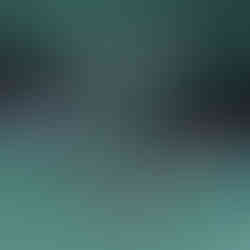



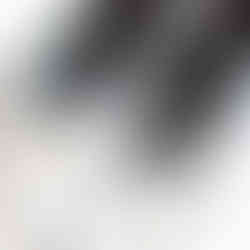



















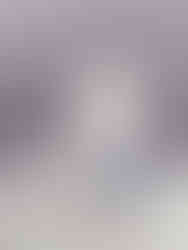




















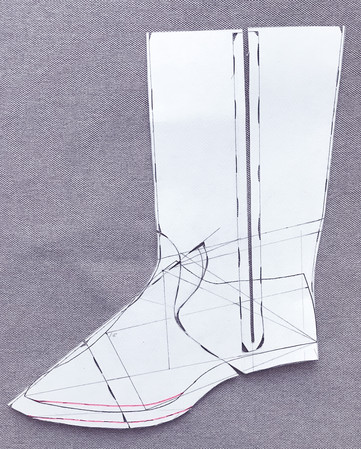








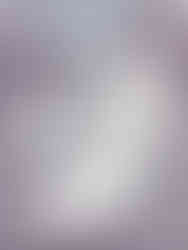



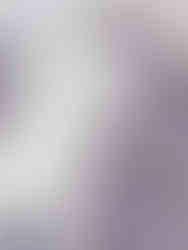

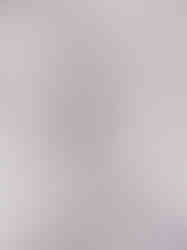



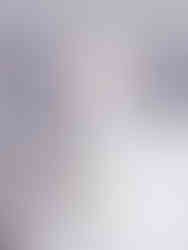


















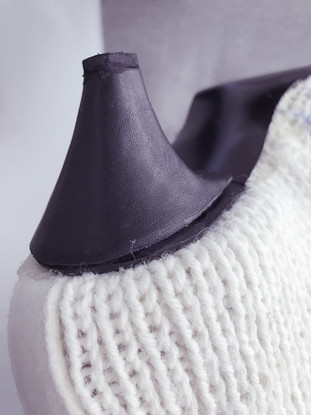
Comments